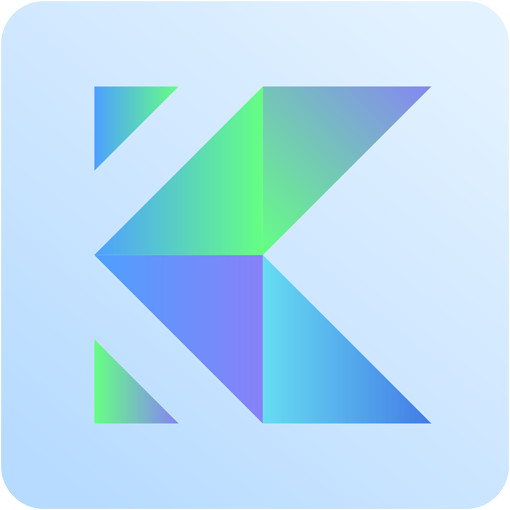
Kudotrade.com functions as an online brokerage platform designed for speculative trading, primarily through Contracts for Difference (CFDs). It provides access to various financial markets using the MetaTrader 5 (MT5) platform, combined with features like high leverage and copy trading.
Here’s a breakdown of how such a platform typically operates:
1. Account Creation and Funding:
- Registration: A user signs up for an account, providing basic personal information. The site claims this process is quick, suggesting minimal KYC (Know Your Customer) procedures, which is common for unregulated or offshore brokers.
- Account Selection: Users choose between a “Standard Account” (minimum deposit $50, 0.7 pips spread, $0 commission, STP execution) and a “Pro Account” (minimum deposit $5,000, 0 pips spread, $8 per lot commission, ECN execution).
- Deposit: Funds are deposited into the trading account using various methods (e.g., bank transfer, credit/debit card). The platform then credits the trading account with the deposited amount.
2. Trading Operations:
- MetaTrader 5 (MT5): This is the core trading terminal. Once an account is funded, users download and log into the MT5 platform. MT5 provides charting tools, technical analysis indicators, and the interface for placing trades.
- CFD Trading: Users engage in CFD trading. A CFD is a contract between the trader and the broker to exchange the difference in the price of an underlying asset from the time the contract is opened until it is closed.
- No Asset Ownership: Critically, when you trade a CFD on a stock, commodity, or cryptocurrency, you do not own the actual asset. You are merely speculating on its price movement.
- Long or Short: Traders can “buy” (go long) if they expect the price to rise, or “sell” (go short) if they expect the price to fall.
- Leverage: Kudotrade.com offers “up to 1:500 leverage.” This means for every dollar a trader puts down (their margin), they can control up to 500 dollars worth of the underlying asset’s value.
- Amplified Gains and Losses: Leverage amplifies both profits and losses. A 1% movement in the asset’s price, for instance, translates to a 500% gain or loss on the initial margin. This is why leverage is considered extremely high-risk.
- Margin Calls: If trades move against the trader, their account equity will fall. If it drops below a certain threshold (margin level), the broker will issue a “margin call,” requesting additional funds to maintain the position. If the trader cannot meet the margin call, the positions will be automatically closed (“stop out”) to prevent further losses for both the trader and the broker.
- Spreads and Commissions: The broker earns money through spreads (the difference between the buy and sell price of an asset) and/or commissions per trade.
- Standard Account: Relies on wider spreads (from 0.7 pips) but no commission.
- Pro Account: Offers tighter spreads (from 0 pips) but charges a commission ($8 per lot).
- Execution Models (STP/ECN):
- STP (Straight Through Processing): The broker sends client orders directly to liquidity providers (e.g., banks, other brokers) for execution. The broker profits from the spread mark-up.
- ECN (Electronic Communication Network): Orders are matched directly between market participants. The broker charges a commission for facilitating this access. ECN is generally considered more transparent as the broker’s profit is from commissions, not spreads, theoretically reducing conflict of interest on pricing. However, for unregulated brokers, the actual integrity of these models can be questionable.
- Kudo Copy Trader: This feature allows users to automatically replicate the trades of selected “expert” traders on the platform. The user’s account mirrors the actions of the chosen trader, including opening and closing positions. This requires the user to allocate a portion of their funds to the copy trading system.
3. Risk Management Tools & Educational Content:
- Demo Account: Allows users to practice trading with virtual money, familiarize themselves with MT5, and test strategies without financial risk.
- Educational Resources: The “Academy” provides articles, videos, and tools (like a risk calculator) to help users understand trading basics and manage risk, though the ultimate responsibility and risk remain with the trader.
4. Withdrawals:
- Request Process: Users request withdrawals from their account. The processing time and methods depend on the broker’s internal policies and external payment providers.
- Verification: Depending on the initial KYC (or lack thereof), additional verification documents might be requested during the withdrawal process. This is often where issues arise with unregulated brokers, who might use it as a pretext to delay or deny withdrawals.
In essence, Kudotrade.com provides a platform for highly speculative, leveraged CFD trading. Its operation relies on users depositing funds, taking positions on asset price movements, and managing their risk (or being stopped out by the platform). The primary concern is the inherent high risk of these products combined with the complete lack of verifiable regulatory oversight, which means the rules of engagement are largely dictated by Kudotrade.com itself, with no external body to ensure fair play.
|
0.0 out of 5 stars (based on 0 reviews)
There are no reviews yet. Be the first one to write one. |
Amazon.com:
Check Amazon for How Does kudotrade.com Latest Discussions & Reviews: |
Leave a Reply